Could the success of the Lao PDR-Thailand-Malaysia-Singapore Power Integration Project help bring the vision of an ASEAN Power Grid one step closer to reality? See Xue Bing reports.
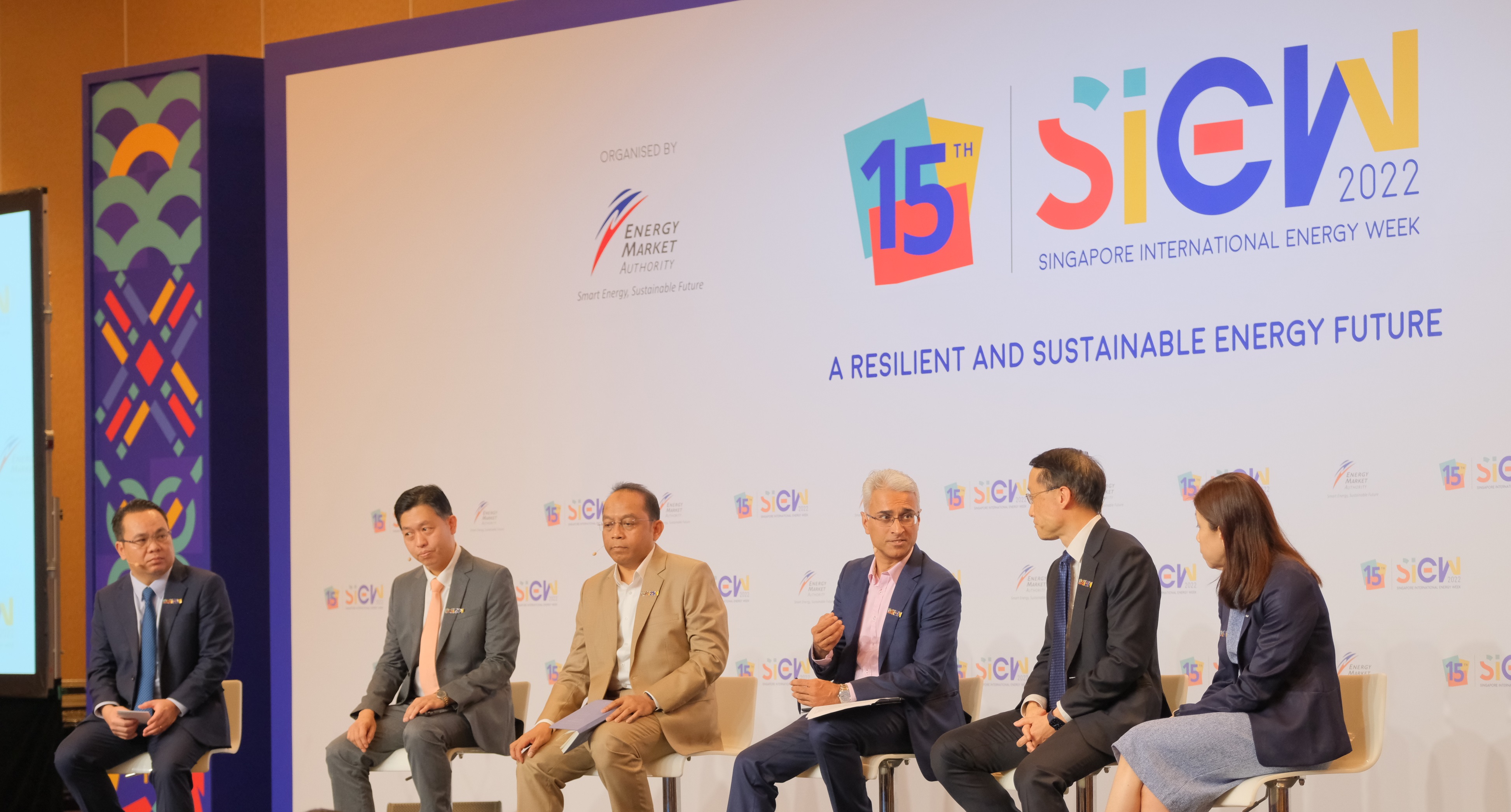
A regional electricity trade offers the region the potential for greater energy security, affordability and sustainability. With the successful launch of the Lao PDR-Thailand-Malaysia-Singapore Power Integration Project (LTMS-PIP), the vision of an ASEAN Power Grid stands on the brink of something important.
The LTMS-PIP is the first multilateral cross-border electricity trade involving four ASEAN countries, and the first renewable energy import into Singapore. A regional power grid offers the region the potential for greater energy security, affordability and sustainability. This can also help to accelerate the development of renewable energy projects in ASEAN countries as well as promote economic growth.
In the panel discussion at the SIEW Energy Insights taking place on 27 October, energy regulators and industry experts discussed the success of the LTMS-PIP as well as insights on the policy and regulatory planning required to implement the project.
Key learnings from the project
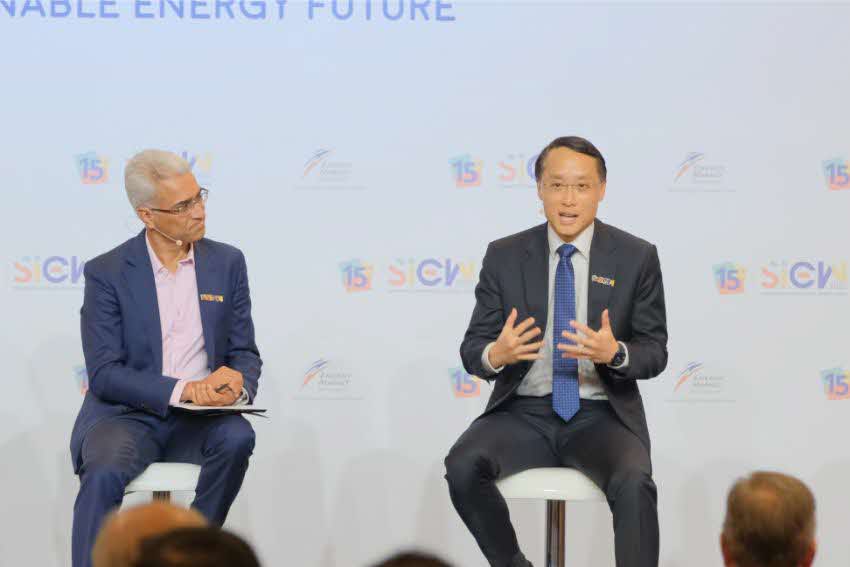
Mr Ngiam Shih Chun, Chief Executive, Energy Market Authority (EMA), opened the panel discussion with an overview of the LTMS-PIP. This commenced in June 2022 and supplied 100 MW of electricity to Singapore. This is Singapore’s first import licence and is important as it paves the way for future electricity imports.
Mr Ngiam further shared that the LTMS-PIP has allowed the different utilities regulators to discuss key challenges, sharing learnings of the different energy systems and their ability to work together.
The project has also developed a communications framework which allows the four grid operators to communicate in the event of supply disruptions or changes. With this framework, there are discussions on expanding the capacity of the LTMS-PIP, involving more countries, and having the project serve as a critical pathfinder as Singapore scales up electricity imports.
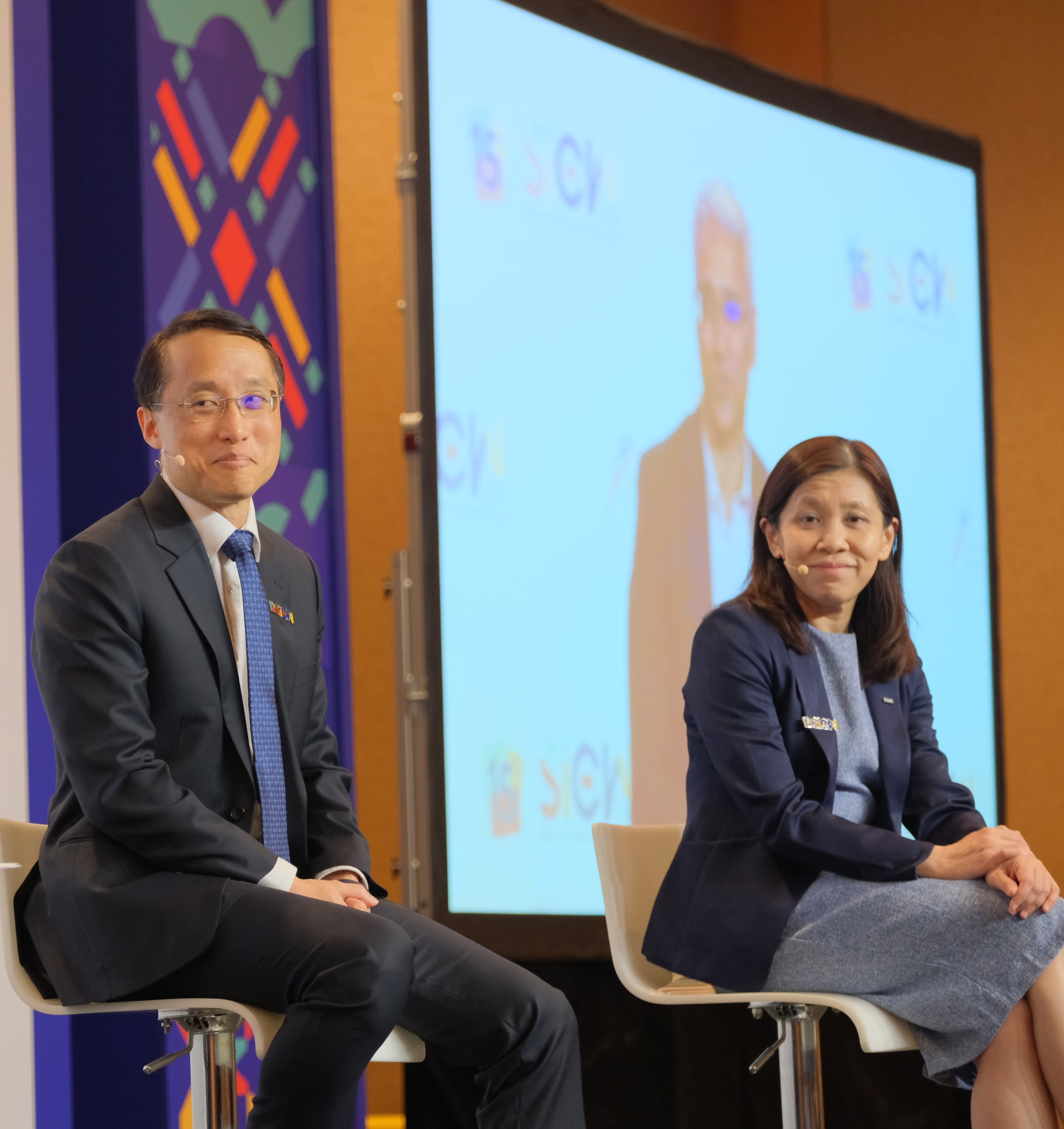
Also joining in the discussion was Ms Janice Bong, Chief Executive Officer, Power & Renewables, Keppel Infrastructure. She concurred with Mr Ngiam on the project enabling the region’s common goal on connectivity, and improving energy security and resilience of the ASEAN grid.
She added that the LTMS-PIP will help facilitate the development of regional markets for multilateral power trade in ASEAN as well as promote investments in renewable energy projects in the region. This will bring about new economic opportunities for ASEAN member countries. The commitment shown by the four countries has expedited the processes for this, while ensuring a smooth transition for this pathfinder project.
Being part of this inaugural project, Ms Bong sees opportunities for growth in this segment. She shared that Keppel is looking to develop larger renewable projects for the purpose of exporting to Singapore or other parts of ASEAN.
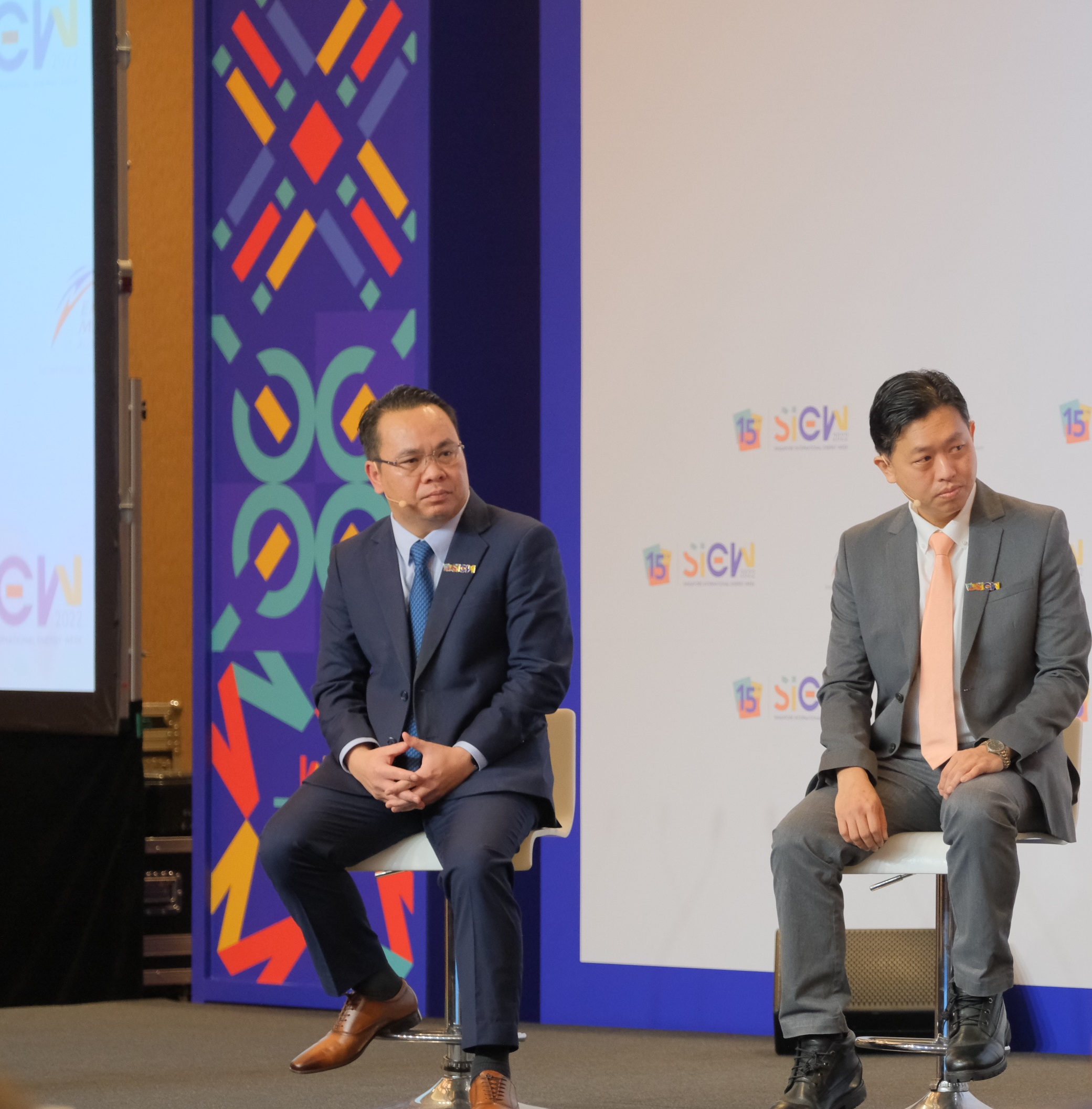
Dr Akhomdeth Vongsay, Director General, Department of Planning and Cooperation, Ministry of Energy and Mines, Lao PDR, affirmed his country's commitment to net zero emissions by 2050. Lao PDR, with the goal to achieve an energy mix of 75% hydropower, 14% thermal and 11% renewable energy.
In addition, Laos would also be exporting 600 MW of wind power to Vietnam, with the project commencing in 2025. It would be the biggest wind power project in ASEAN, demonstrating ASEAN members’ commitment to the energy transition despite the current energy crisis.
Challenges and approach for the LTMS-PIP
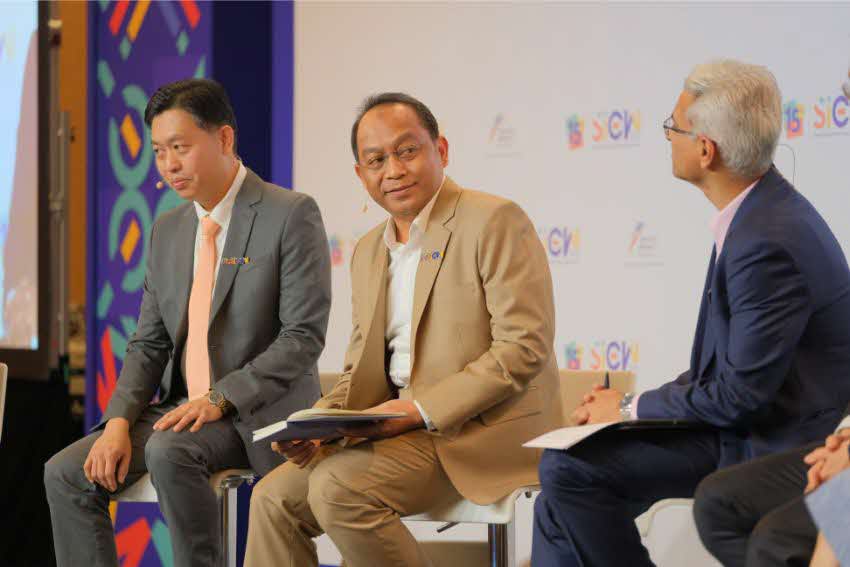
Ir. Ts. Abdul Razib bin Dawood, Chief Executive Officer, Energy Commission, Malaysia, mentioned that the formation of working groups and regulatory taskforces has helped to tackle challenges of inter-border connection. The LTMS-PIP brought about new learnings on integrating different stages of markets, for example bilateral, multilateral and vertically integrated markets. These would serve as templates for power trading. In terms of regulations, it is essential that codes are harmonised to minimum standards acceptable to the four countries so as not to introduce instability during operations.
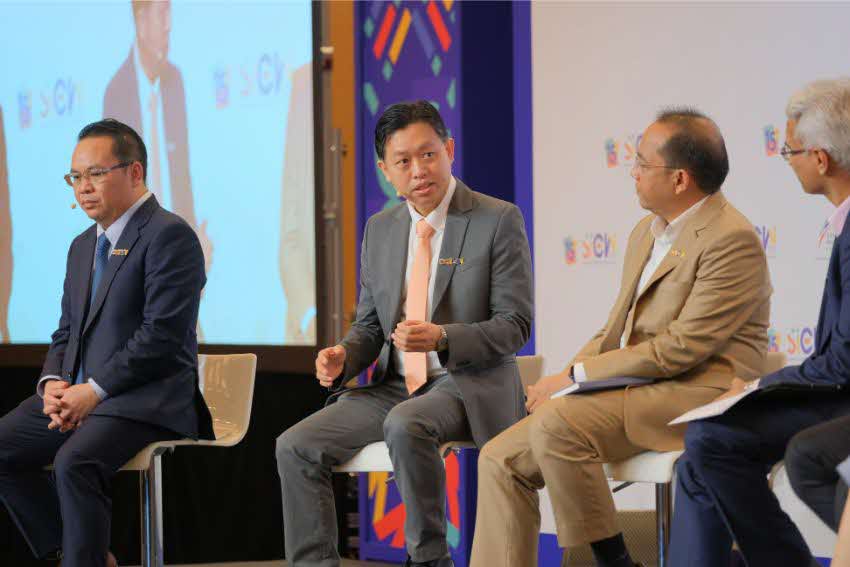
Dr Prasit Siritiprussamee, Assistant Secretary General, the Office of the Energy Regulatory Commission, Thailand, shared that the key success of the LTMS-PIP can be attributed to international collaboration and willingness to resolve issues together in “the ASEAN way”.
He highlighted that the countries would need to find a mechanism to make the project financially viable with more infrastructure coming online, such as undersea cables, as the regional power grid expands further.
Vision for regional power grid
When asked what they envisioned a regional power grid to be, this was what they had to say:
- Ms Bong shared that Keppel is keen to work with markets to establish a carbon trading platform and is looking forward to how we can harmonise the various standards.
- Mr Ngiam was optimistic about the benefits that a regional power grid could offer, including catalysing investments and the development of interconnected countries. This would provide mutual support for grid stability and security in the region.
- Mr Razib said he hopes to see a two-way power flow one day, as there may be instances where other ASEAN countries will need electricity imports from Singapore. He emphasised that energy security is priceless and a well-connected grid is essential to ride through any renewable energy intermittency.
- Dr Prasit said Thailand currently utilises point-to-point connection. Considerations should thus be given for network-to-network connection that would enable a more flexible power system that is better able to deal with the energy transition.
- In Dr Vongsay's case, he wrapped up the session by sharing five key factors that have contributed to the success of the LTMS-PIP project. This was government support, competitive pricing, support from private sectors, utilisation of existing infrastructure for project viability, and project bankability.
Follow us on Twitter (@SIEW_sg) to get the latest #SIEW2022 updates throughout the day!